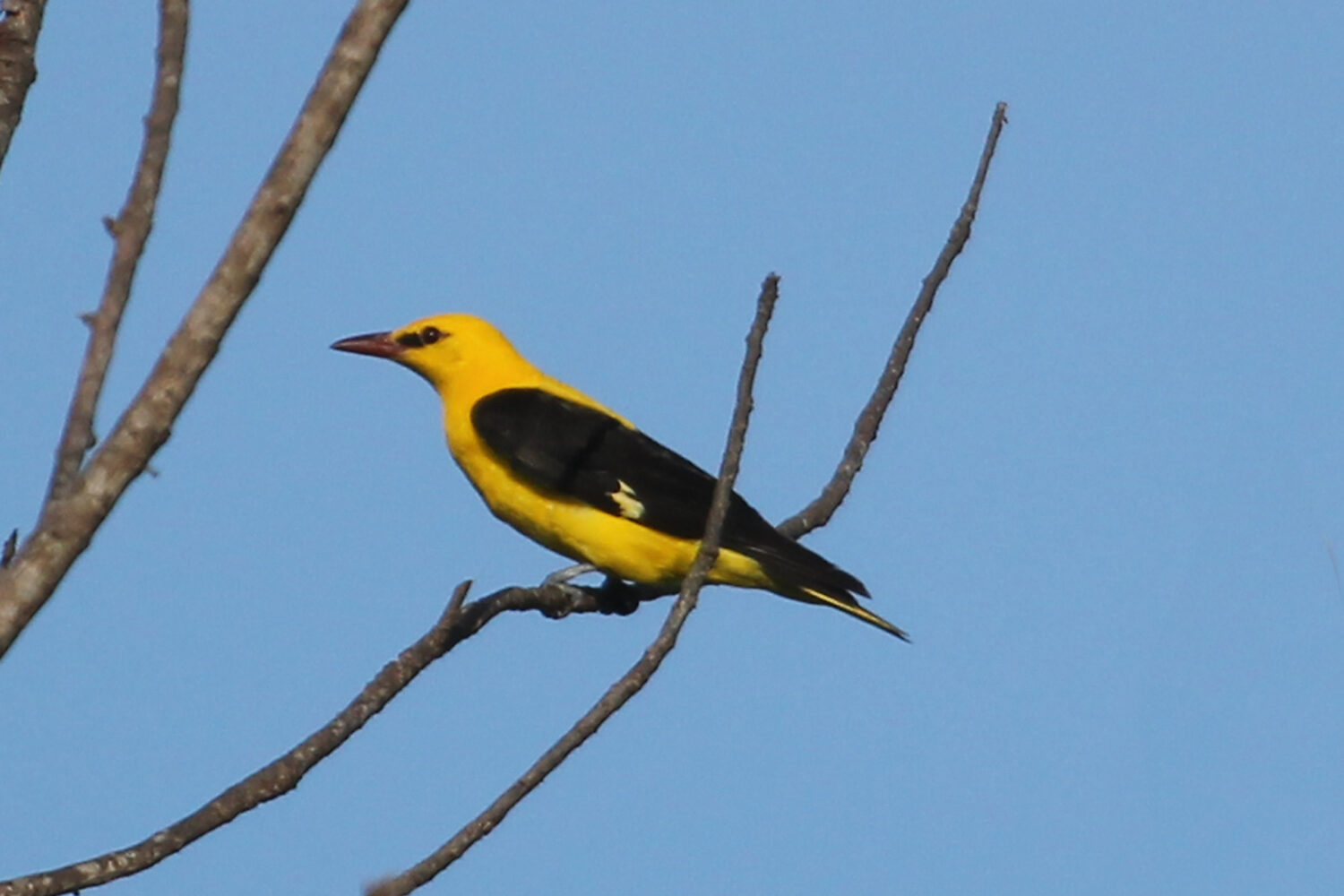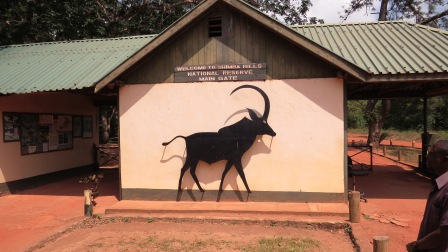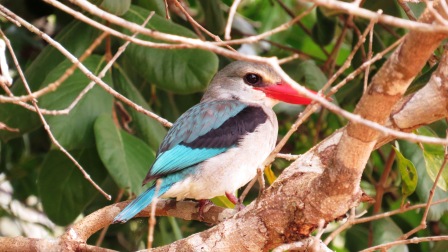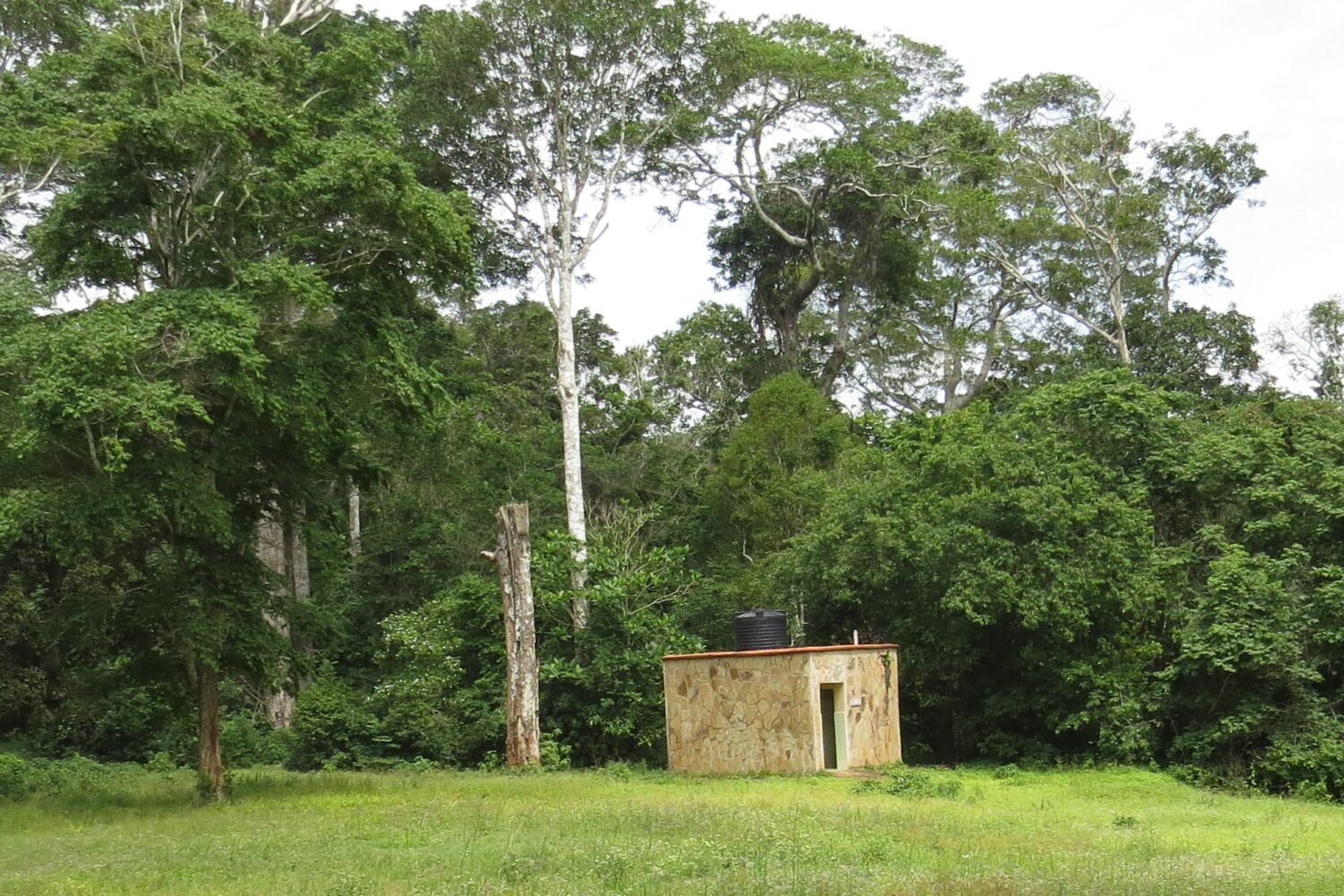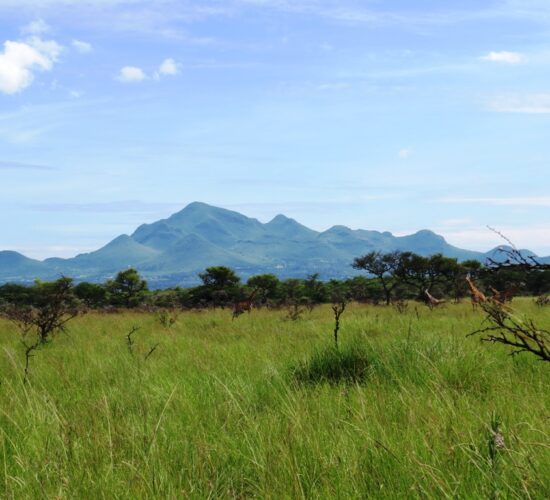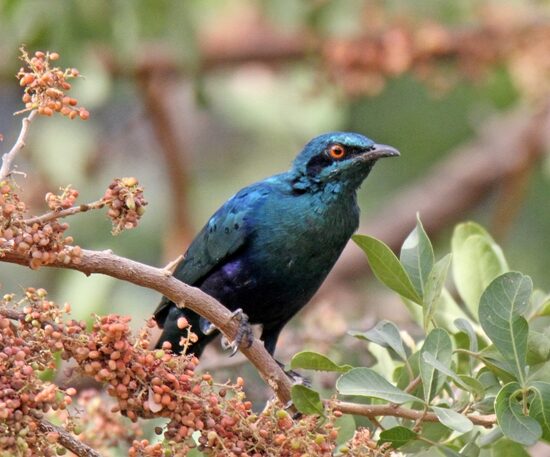Day Shimba Hills Birding Tour
With one of the richest avifauna in Kenya, Shimba Hills National Reserve has become a classic birdwatching destination. Just a short distance from Mombasa and Diani Beach, it is perfect for a full-day birding excursion. The reserve combines diverse habitats — coastal forests, grasslands, and scenic viewpoints — and is home to East Coast endemics, forest specialties, and the rare Sable Antelope.
The birding tour participants will depart early from Mombasa/Diani to Shimba Hills, which is approximately a 1–2-hour drive.
The Shimba Hills birding will begin along forest trails in the reserve, focusing on forest specialists and coastal endemics.
Target species: Fischer’s Turaco, Southern Banded Snake Eagle, Green-headed Oriole, Spotted Ground Thrush, Sokoke Pipit.
Afternoon
• Enjoy a picnic lunch at one of the viewpoints.
• Continue birding around Makadara Forest and along woodland edges.
• Keep an eye out for African Pitta (seasonal), Uluguru Violet-backed Sunbird, and Mangrove Kingfisher.
• Visit the Sheldrick Waterfalls area for birdwatching and scenic photography.
Evening
• Take short birding walks near the lodge.
• Possible night birding: African Wood Owl, Fiery-necked Nightjar.
• Overnight at Shimba Hills Lodge or drive back to Mombasa or Diani.

